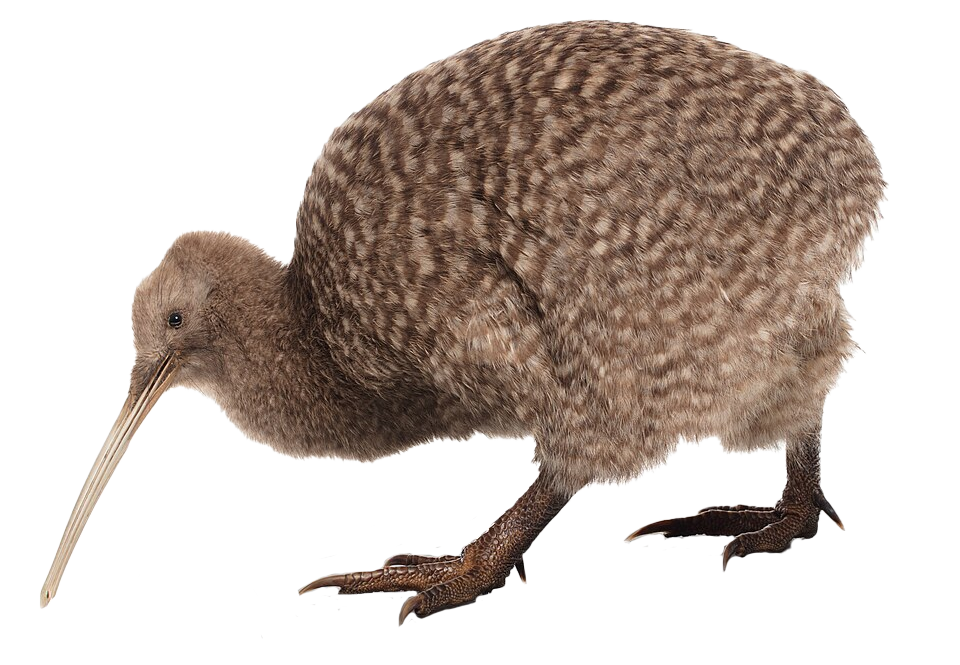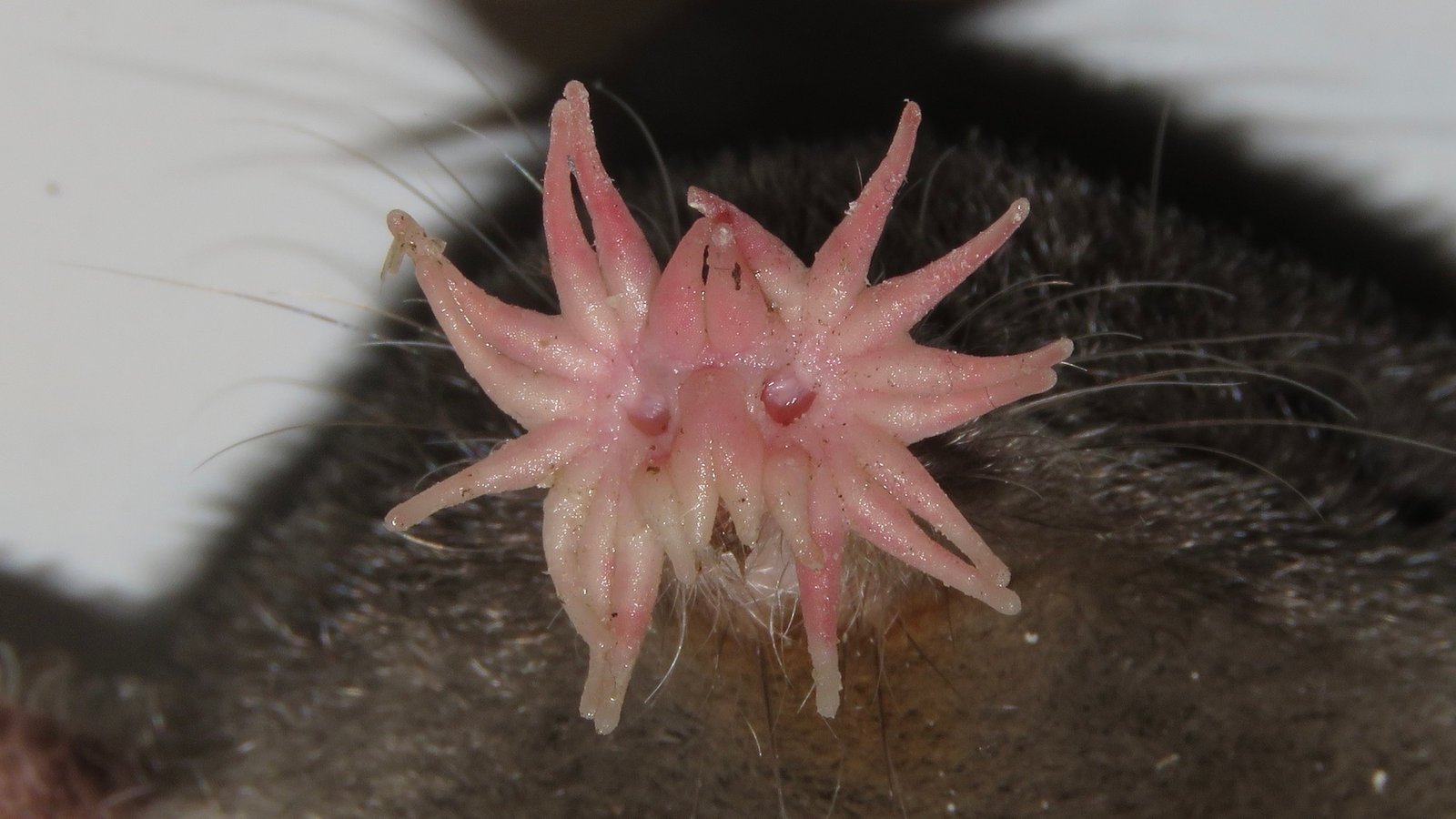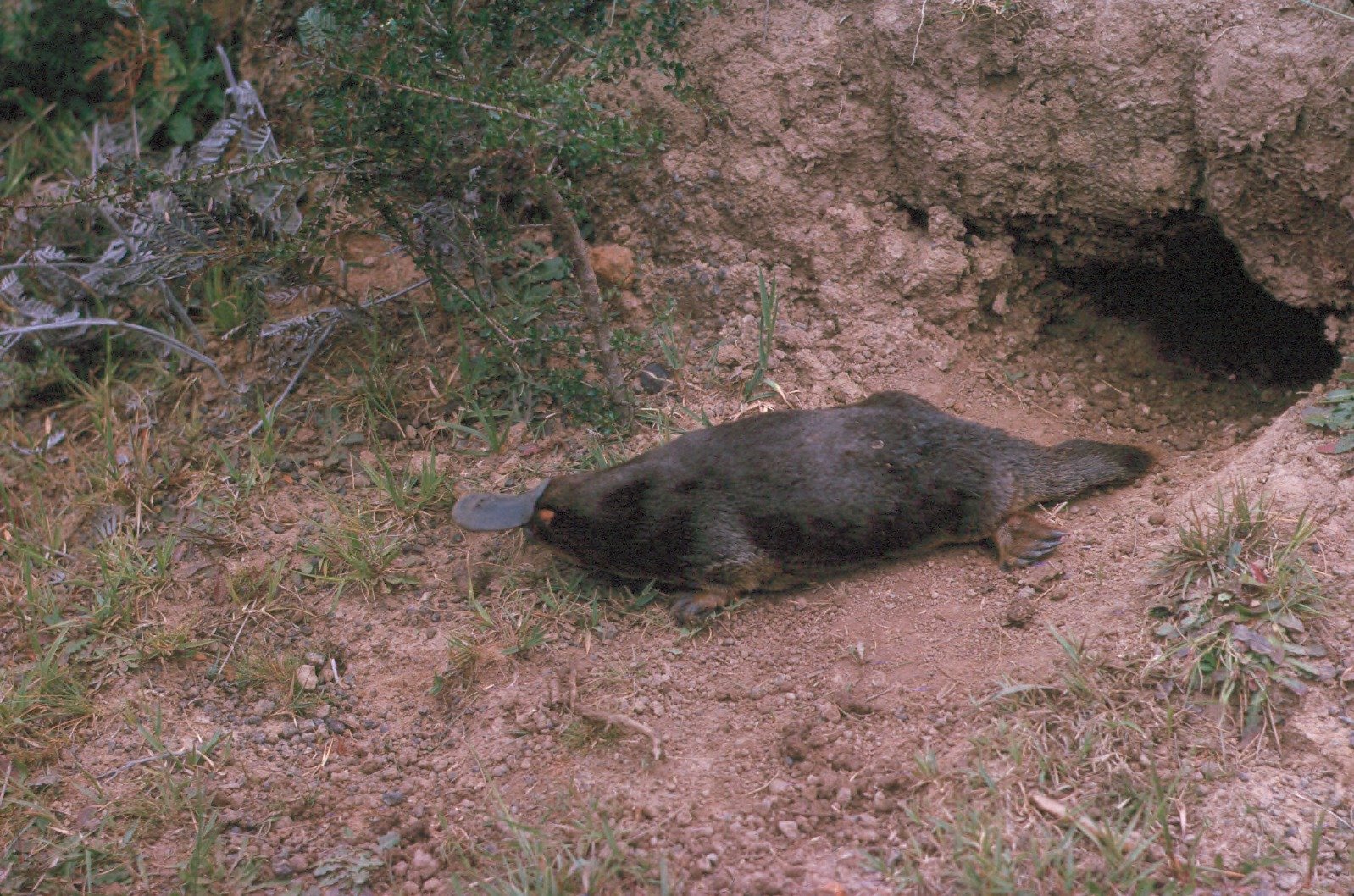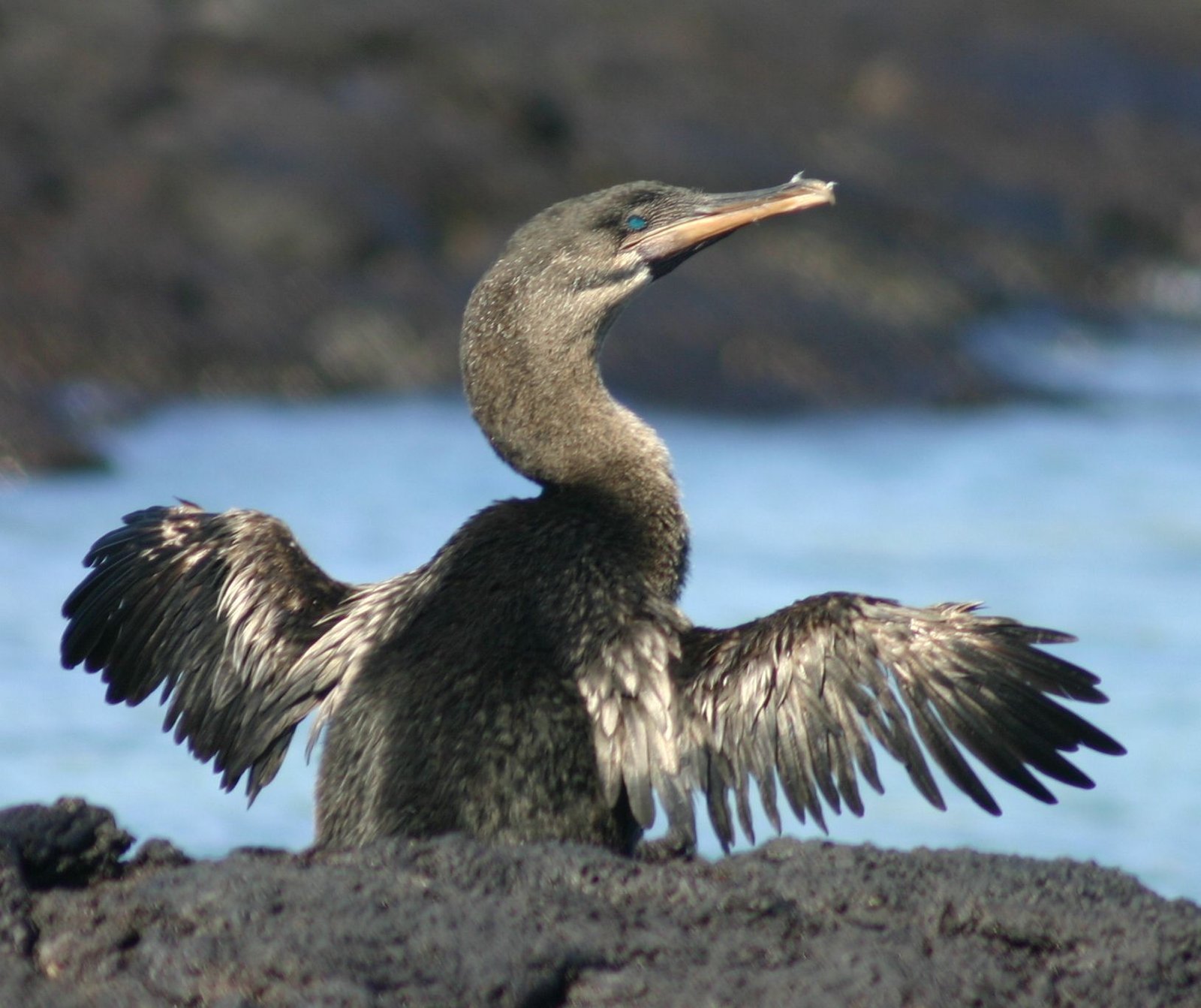Have you ever wondered why some animals have seemingly pointless body parts? Evolution is an incredible process that has shaped the diversity of life on Earth. However, sometimes evolution takes strange turns, resulting in features that appear useless or just downright bizarre. These evolutionary quirks can be fascinating, as they reveal the unpredictable nature of natural selection. Let’s dive into the world of peculiar animal anatomy and explore some of these oddities.
The Ostrich’s Wings: A Flightless Paradox
The ostrich is a flightless bird, yet it possesses large, impressive wings. These wings might seem like a mistake, given that ostriches cannot fly. However, they serve other purposes. Ostriches use their wings for balance while running at high speeds, which can reach up to 45 miles per hour. Additionally, they use their wings in mating displays to attract partners. The wings also help with thermoregulation, allowing ostriches to control their body temperature in the hot African sun. Although they may seem useless at first glance, the ostrich’s wings have adapted to fulfill roles beyond flight.
Whale Pelvic Bones: Remnants of a Bygone Era
Whales are majestic creatures of the sea, yet they possess pelvic bones that seem out of place. These bones are remnants from their land-dwelling ancestors. While the pelvic bones may appear useless, they play a crucial role in reproduction. They provide attachment points for muscles that control the whale’s reproductive organs. This adaptation highlights how evolutionary leftovers can be repurposed for new functions, even if they initially seem bizarre.
Human Appendix: A Vestigial Mystery

The human appendix is often considered a vestigial organ, meaning it has lost its original function through evolution. Once thought to be completely useless, recent research suggests it may play a role in gut health. The appendix is believed to house beneficial bacteria that can help repopulate the gut after an illness. Despite its potential benefits, people can live without an appendix, which is often removed due to inflammation or infection. This small organ is a reminder of our evolutionary past and the complexities of human anatomy.
Kiwi’s Tiny Wings: A Curious Case of Evolution

The kiwi bird, native to New Zealand, is another flightless bird with tiny, seemingly useless wings. These wings are so small that they are hidden beneath the bird’s shaggy feathers. Kiwis are nocturnal and rely on their strong legs to navigate the forest floor. Their wings serve no apparent purpose, yet they remain as a testament to the bird’s evolutionary history. The kiwi’s wings are an example of how evolution can result in features that are retained despite losing their original functions.
Python’s Vestigial Limbs: A Slithering Enigma

Pythons are known for their long, limbless bodies, yet they possess tiny vestigial limbs called spurs. These spurs are remnants of their legged ancestors and are located near the base of the tail. In male pythons, these spurs are used during mating to stimulate the female. While they may appear useless, these vestigial limbs have been co-opted for a new purpose. The presence of these spurs offers insight into the evolutionary journey of snakes and the remnants of their past.
Star-Nosed Mole’s Tentacle-Like Appendages: A Sensory Marvel

The star-nosed mole is a small mammal with a peculiar star-shaped nose made up of 22 tentacle-like appendages. While these appendages may seem bizarre, they are highly sensitive and allow the mole to detect prey with incredible speed. The star-nosed mole can identify and consume prey in less than a quarter of a second. This unique adaptation showcases how evolution can result in unusual, yet highly effective, features that enhance an animal’s ability to survive and thrive in its environment.
Platypus Venom Spurs: A Peculiar Defense Mechanism

The platypus is a unique mammal known for its duck-bill and webbed feet. Male platypuses have venomous spurs on their hind legs, which they use to defend themselves against predators and during fights with other males. While the venom is not lethal to humans, it can cause severe pain and swelling. This unusual feature highlights the diversity of evolutionary adaptations and serves as a reminder that even seemingly strange traits can have important survival functions.
Manatee Fingernails: An Aquatic Oddity
Manatees, also known as sea cows, are gentle aquatic mammals with a surprising feature: fingernails. These nails are located on their flippers and are a remnant from their terrestrial ancestors. While they may seem unnecessary in an aquatic environment, they provide protection for the flippers and assist in foraging for food. Manatees use their flippers to manipulate vegetation and anchor themselves while feeding. The presence of fingernails on manatees is a fascinating example of how evolutionary remnants can persist in modern species.
Flightless Cormorant’s Stunted Wings: A Unique Evolutionary Path

The flightless cormorant, native to the Galápagos Islands, is a bird with small, stunted wings that render it incapable of flight. Instead of soaring through the skies, this cormorant has adapted to a life of swimming and diving for food. The reduced wings are an adaptation to its aquatic environment, allowing it to become an efficient swimmer. This example demonstrates how evolution can lead to the loss of certain abilities in favor of others that better suit an animal’s habitat and lifestyle.
The Narwhal’s Tusk: A Spiraling Mystery
The narwhal, often referred to as the “unicorn of the sea,” is known for its long, spiral tusk. This tusk is actually an elongated tooth that can grow up to 10 feet long. While the tusk may appear bizarre, it serves multiple purposes. It is believed to play a role in mating rituals, as well as in sensing environmental changes. Recent studies suggest the tusk is highly sensitive and can detect variations in water temperature and pressure. The narwhal’s tusk is a captivating example of how evolution can produce extraordinary and multifunctional adaptations.
In exploring these peculiar body parts, we gain insight into the unpredictable nature of evolution. While some features may seem useless or bizarre, they often have hidden functions or serve as remnants of an organism’s evolutionary history. These quirks remind us of the complexity and wonder of the natural world. Evolution is full of surprises, and the more we learn, the more we appreciate the intricate tapestry of life on Earth. What other oddities might evolution have in store for us?




